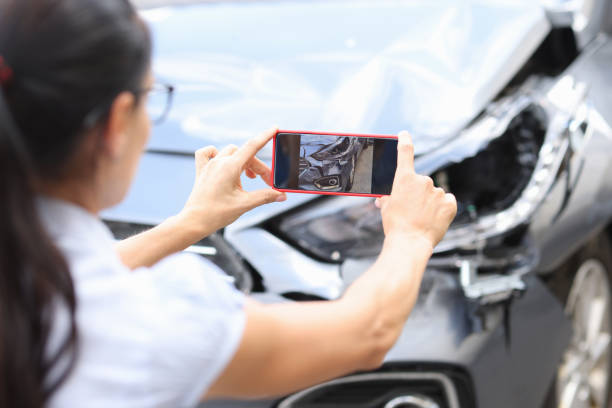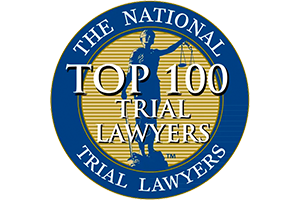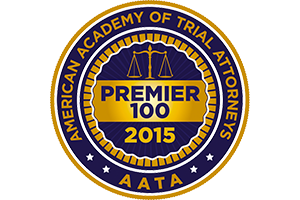- Free Consultation: (888) 262-6664 Tap Here to Call Us
What Evidence is Crucial in Building a Strong Personal Injury Case?

Evidence is the backbone of any successful personal injury case. Whether you’ve been in a car accident, experienced a slip-and-fall, or suffered from medical malpractice, gathering and preserving the proper evidence is critical to establishing fault, proving liability, and maximizing compensation.
But what constitutes “crucial evidence”? How do you ensure it’s collected and presented in a way that strengthens your claim? This guide will walk you through everything you need to know to build a compelling personal injury case with the help of a Brockton personal injury lawyer.
Understanding Personal Injury Cases
What is a personal injury case?
A personal injury case arises when one person suffers harm due to another party’s negligence or intentional actions. These cases can include:
- Motor vehicle accidents
- Workplace injuries
- Product liability claims
- Medical malpractice cases
The goal of a personal injury lawsuit is to secure compensation for damages such as:
- Medical bills
- Lost income
- Pain and suffering
- Emotional distress
The Role of Evidence
Evidence is used to establish two key components in a personal injury case:
- Fault – Proving who was responsible for the incident.
- Liability – Demonstrating that the responsible party acted negligently, directly leading to your injury.
Holding the offending party accountable or securing fair compensation becomes significantly more challenging without compelling evidence.
Types of Crucial Evidence
1. Physical Evidence
Physical evidence provides tangible proof that supports your claims. This can include:
- Photos and Videos – Capturing images or videos of the accident scene, injuries, and property damage can paint a vivid picture of what happened.
- Damaged Items – Broken objects, like defective products or torn clothing, can be evidence of negligence.
Example: After a car accident, photos of skid marks, vehicle damage, and the surrounding area can illustrate the events leading to the collision.
2. Witness Testimony and Expert Opinions
- Eyewitness Accounts – Statements from bystanders or individuals involved in the incident can provide detailed accounts of what happened.
- Expert Witnesses – Professionals, such as doctors or accident reconstruction experts, can provide insights that strengthen your case.
Example: An expert in biomechanics might explain how an injury occurred due to unsafe working conditions, linking negligence directly to your harm.
3. Medical Records and Bills
Your medical records document the extent of your injuries, the treatment you’ve undergone, and the associated costs. These records help:
- Prove the severity of your injuries.
- Establish a link between the accident and your medical condition.
- Quantify damages related to medical expenses and future care.
Example: After a slip-and-fall incident, submitting X-rays, pain management prescriptions, and rehabilitation bills helps illustrate the impact of the injury.
Gathering and Preserving Evidence
Steps to Take After an Accident
Taking immediate action after an accident can make all the difference:
- Call 911 – Ensure the incident is documented through official accident reports.
- Document the Scene – Use your smartphone to photograph injuries, damage, and any relevant hazards, like uneven sidewalks or broken machinery.
- Identify Witnesses – Obtain contact information from anyone who saw the accident.
Importance of Preserving Evidence
Preserving evidence is as important as collecting it. Mishandling or losing evidence could weaken your case. Legal professionals recommend:
- Safeguarding all physical evidence, like broken items.
- Storing digital records, such as photos and videos, in multiple locations.
- Keeping receipts and documents related to medical care or expenses.
Failing to maintain these materials could lead defense attorneys or insurance companies to question the credibility of your claims.
The Importance of Legal Representation
Handling a personal injury case on your own can quickly become overwhelming. That’s where a qualified personal injury lawyer MA steps in.
Supporting Evidence Collection and Preservation
A reputable attorney can:
- Revisit the accident site to uncover overlooked evidence.
- Consult with expert witnesses to validate your claims.
- Negotiate with insurance companies on your behalf, ensuring no details are used against you.
Searching for a credible “personal injury lawyer near me” can be daunting. But if you’re in Massachusetts, hiring a trusted attorney like a Brockton personal injury lawyer from The Law Offices of John C. Manoog III can make a world of difference.
Build Your Strongest Case Today
Evidence is the foundation of any successful personal injury claim. By documenting the accident scene, collecting witness testimony, and preserving all relevant records, you significantly increase your chances of a favorable outcome. With the support of a skilled Brockton personal injury lawyer, like the experts at The Law Offices of John C. Manoog III, you can focus on your recovery. Contact The Law Offices of John C. Manoog III today for a free consultation and take the first step toward justice.















